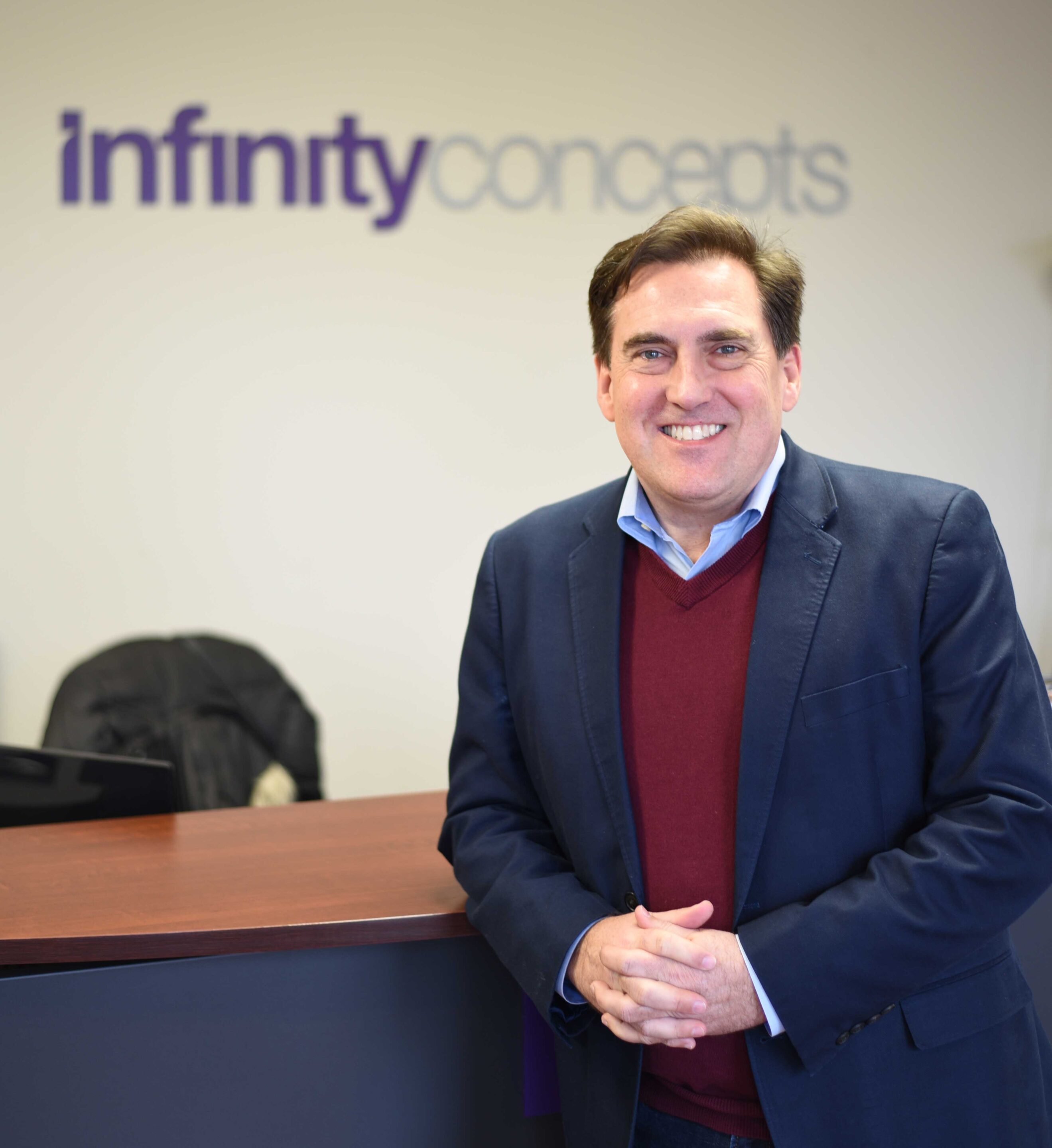As new technologies emerge and become more mainstream, video viewing audiences are becoming more and more fragmented. What this means is that it is becoming harder and harder to reach a broad audience with your message.
According to a recent Nielsen Total Audience Report, US adults spend 43% of their day interacting with media. (That’s 10 hours and 24 minutes.) The largest amount of time is still spent with live TV (3 hours, 49 minutes) – also called linear TV. Other options include time-shifted TV, DVD or Blu-ray device, radio, internet on computer, an internet connected device, internet or an app on a tablet or smartphone, or even on a game console.
And while 87% of US adults view live or time-shifted television, how they view it and when they view it makes all the difference. Age and ethnicity also factor in to affect the picture of how these audiences are consuming media.
Prime time is still very much alive in the US, with TV and TV-connected internet devices reaching peak viewing at the 9 PM hour. By 11 PM, 73% of viewing is through the TV, whether it be live, time-shift, or digitally-connected.
Age is also significant: Adults 50-64 spend the most time connected to media with almost half (47%) spent on traditional TV. Adults ages 35-49 spend 33% of their time on linear TV, and adults ages 18-34 watch the least amount of video through traditional sources, with only 25% of their time spent with linear television.
Ethnic diversity also factors in. Black Americans watch more video than any other ethnic group, with the highest amount of their consumption being live TV. Interestingly, although Asian Americans spend the least amount of time watching video, their highest video consumption is through smartphones.
Four out of five households are “Total Multichannel” homes, having access to cable content through either traditional cable or Virtual Multichannel Video Programming Distributors (vMVPD). The vMVPD services like Sling, Hulu, Live, YouTuber Live, etc. have had recent success offering “skinny bundles” to consumers. A skinny bundle is a targeted group of channels available to consumers to purchase at a reduced price vs. what they pay for traditional cable TV.
Two-thirds of all US homes also have Subscription Video On Demand (SVOD) services like Netflix or Amazon Prime, and two-thirds of homes have internet enabled TV-connected devices, like Apple TV, Roku, Google Chromecast, or Amazon Fire TV. According to this same Nielsen report, 45% of the survey responders say they watch TV while using digital devices.
There is no question that the viewing audience is more fragmented than ever. It is all the more imperative that you know the audience that you want to reach and the right media to use to reach them.
Let Infinity Concepts help you strategize your media coverage. Contact us today!
- The Resilience of Radio - November 21, 2023
- The Next Generation of Podcast Listeners - August 25, 2023
- Gen Z and Media Consumption - June 23, 2023

